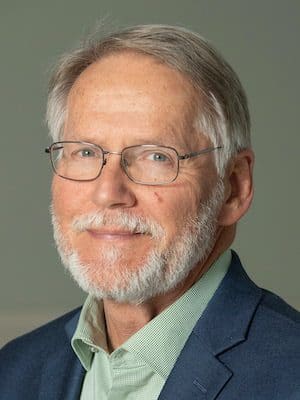Two recent stories highlight the growing role of DNA analysis in archaeology. One of them offers a reminder that Israel — a land bridge between Africa, Asia, and Europe — has always been a land of migrants.

Ossuaries from the Peqi’in Cave. Photo by Mariana Salzberger/Courtesy of the Israel Antiquities Authority
In 1995, a large karstic cave (one formed by eroding of limestone) was discovered in the Upper Galilee of northern Israel. Rediscovered is a more appropriate term: the site, which came to be known as the Peqi’in Cave, was used as a seasonal dwelling place in the early Chalcolithic Period, about 7,000 years ago.
Later, between 3500-4500 BCE, it was converted into a mass burial site in which the dead were left until their flesh decomposed, then the bones were transferred into ceramic ossuaries that were shaped and decorated in ways peculiar to that area. Some time later, the site was robbed and vandalized, with the bone boxes broken and scattered around. Untouched for thousands of years, some of the ossuaries were covered by limestone dissolved in water dripping onto them.
The shape and decorations of the ossuaries created quite a stir, as many of them included human faces or even molded human features, and scholars wondered what brought about such a cultural change from other burials in the Levant.
It turns out to be due to migration. A recent study extracted bone powder from the skeletal remains of 48 samples, and were able successfully use DNA analysis to reconstruct the genomes of 22 individuals.
What they found was that the genes indicated a population with fair skin and a fairly high incidence of blue eyes — characteristics not found in population groups further south. This indicates a wave of migration from the north during that period, one of many similar population shifts during Israel’s long history, and another reminder that the land has always had a diverse population.
The second story goes back even further, to a cave in the Altai Mountains of Siberia, known as the Denisova Cave (named for an 18th century Russian hermit who lived there, named Denis). Human bone fragments found there date back more than 100,000 years — a thought that might be frightening to the 38 percent of Americans who still believe the earth was created Genesis-style less than 10,000 years ago.
As the earliest humans spread from Africa and into Asia, according to paleontologists, they split into several groups, including Homo Erectus, Neanderthals, and Denisovans — named for the cave in which the only specimens of that group have been found.
All three groups are genetically different enough to be distinguished, but also apparently capable of interbreeding: a recent study showed that DNA extracted from a bone belonging to a woman indicated that she was a first-generation hybrid, with a Denisovan father and a Neanderthal mother. While it’s overblown to refer to the finding as “Evolution’s Holy Grail,” as Israel’s Ha’aretz newspaper recently did, it’s still a finding of some significance.
It has been known for some time that many modern humans retain a small amount of Neanderthal DNA — my own “23andme” report says I have 277 Neanderthal variants, more than 52 percent of other people in their database, but still less than four percent of my total DNA.
In a day when many people continue to think of themselves as superior to other groups because they belong to a certain race, it’s helpful to remember that none of us is truly “pure” anything other than human: we’re the end product of all our ancestors going back hundreds of thousands of years, as well as the culture in which we’ve lived for the past few years of our lifetimes.
We each can be grateful for who we are without singing “My genes are better than your genes ….”


